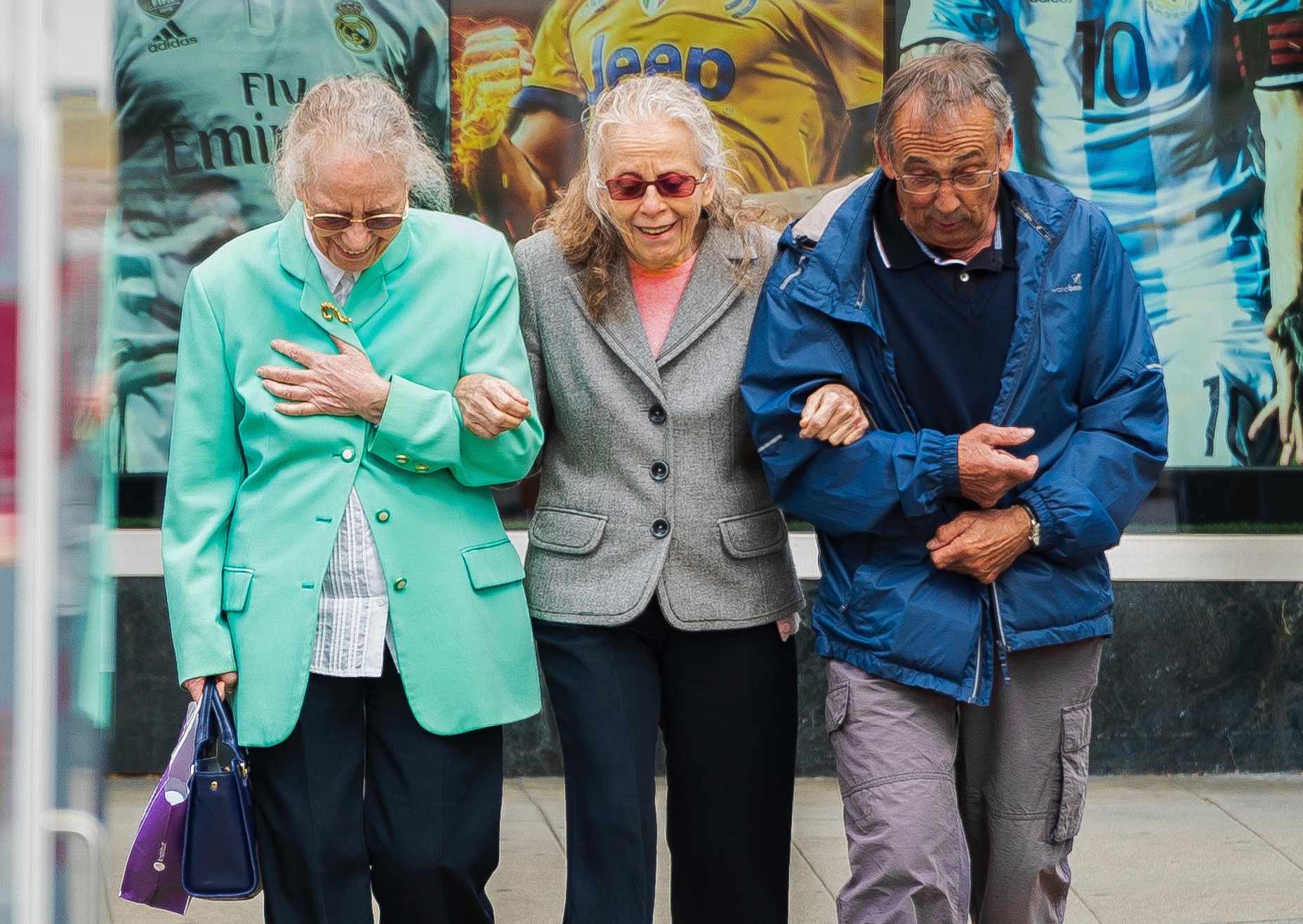By 2029, one in every five Americans will be over the age of sixty-five. Baby boomers are retiring in ever-greater waves, making it ever-more vital to find new and innovative models of care to support the increasing number of retirees through their golden years. The old mainstays of elder care — retirement homes, assisted-living communities, etc. — are holding on by a mere thread, their popularity faded into the new generation’s dismissal and disinterest. Today’s elders don’t just want comprehensive care; they need a system that can provide them with autonomy and independence. The guiding call of this new movement for innovative elder care is clear: we must rethink our care systems by giving greater thought to seniors’ independence and quality of life. Fortunately, some healthcare innovators have already begun to formulate and implement such models. Given time to circulate, these new approaches might just change the very way we view and offer elder care.
Prioritizing value-based care is key to creating this new and empathy-centered model. Late-life support has historically veered towards medical concerns — and while this approach is undoubtedly valid, it prioritizes resolving occasional health problems over ensuring the quality of an elder’s day-to-day life. Value-based care, in contrast, takes a long-term and community-centered approach by establishing a network of services that enable elders to live healthfully in the comfort and independence of their own homes.
Take the active value-centered federal program, PACE, as an example. Established in 1997 by the Balanced Budget Act, Programs of All-inclusive Care for the Elderly offers qualifying older Americans the resources they need to live comfortable and secure lives. Each established PACE center offers on-site day programs, therapies, and other services, and further hosts a staff of medical professionals, including doctors, nurses, physical therapists, and nutritionists ready to support an elder’s primary care needs. Organizers at the PACE center also take on the task of facilitating home healthcare, social services, medication coordination, and hospital care. It’s community-facilitated care at its most efficient; and for a senior who wants the attention of a nursing home without the dependence that kind of facility requires, PACE might seem like a dream come true.
Unfortunately for some, however, even PACE has its flaws. The program is only available to those who happen to live in select geographic areas; currently, PACE has outposts in just 31 states. Its services might even be out of reach for some elders who live nearby but lack access to either Medicaid or Medicare. Currently, those enrolled in Medicaid need to pay little – if anything – for PACE’s services, while those on Medicare need to pay monthly premiums for care and medicine. Elders who aren’t in either federal program are left paying for everything out of pocket – if they can afford it.
PACE is a program ripe for improvement, already possessing a spot-on care model. As the elderly demographic expands and more elders call for value-based care, this kind of community service hub will become increasingly vital to elder care. Commercial services should reframe their consumer lens to adapt PACE’s empathetic approach into an elder-centered model of their own. With the increasing integration of technology into patients’ daily lives, opportunities for care innovation are near at hand. Seniors today have greater access to telemedicine, app-coordinated transportation, and online connectivity than they ever have in the past. If integrated thoughtfully, these resources could prove invaluable to an innovative value-based care center.
The healthcare milieu is in a prime position for commercial models of value-based care to set down roots and take advantage of new senior priorities. With this in mind, commercial elder care providers only need to take the initiative and establish a firm strategy to step within reaching distance of success.






